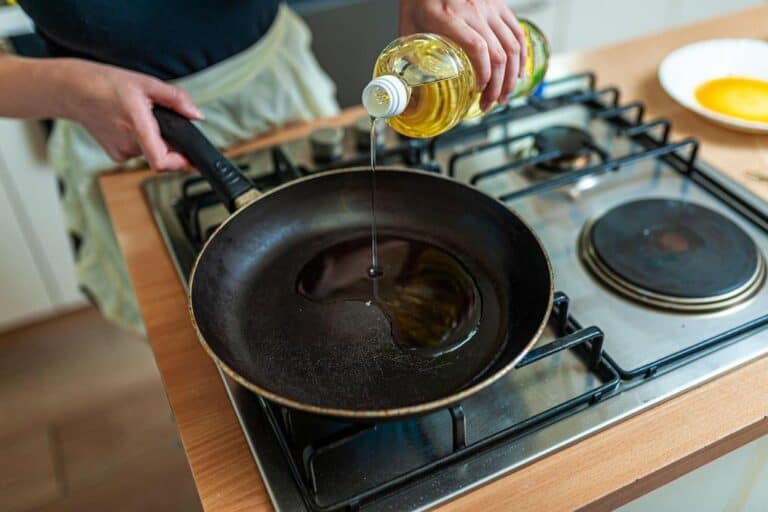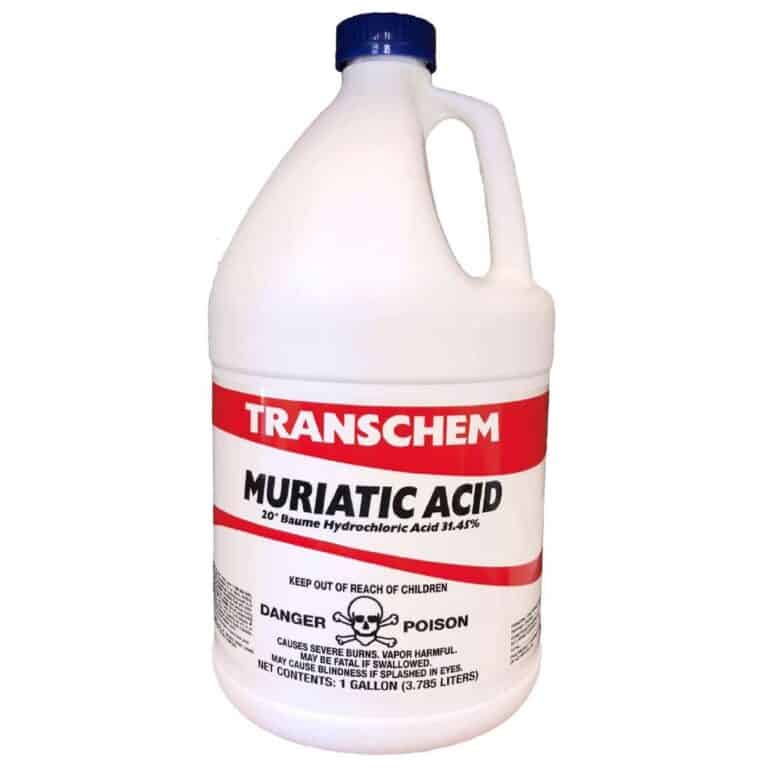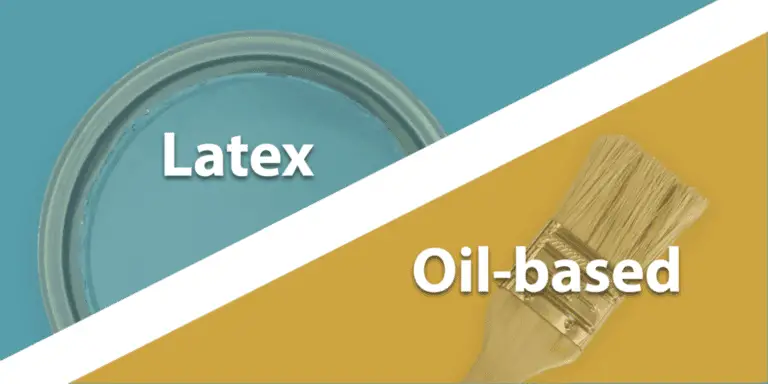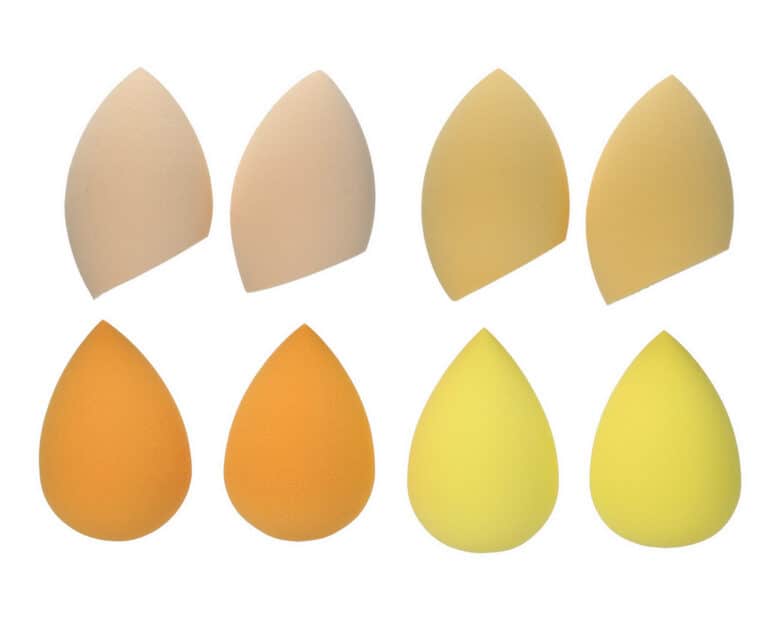Is Paint Homogeneous or Heterogeneous Mixture? (Helpful Facts)
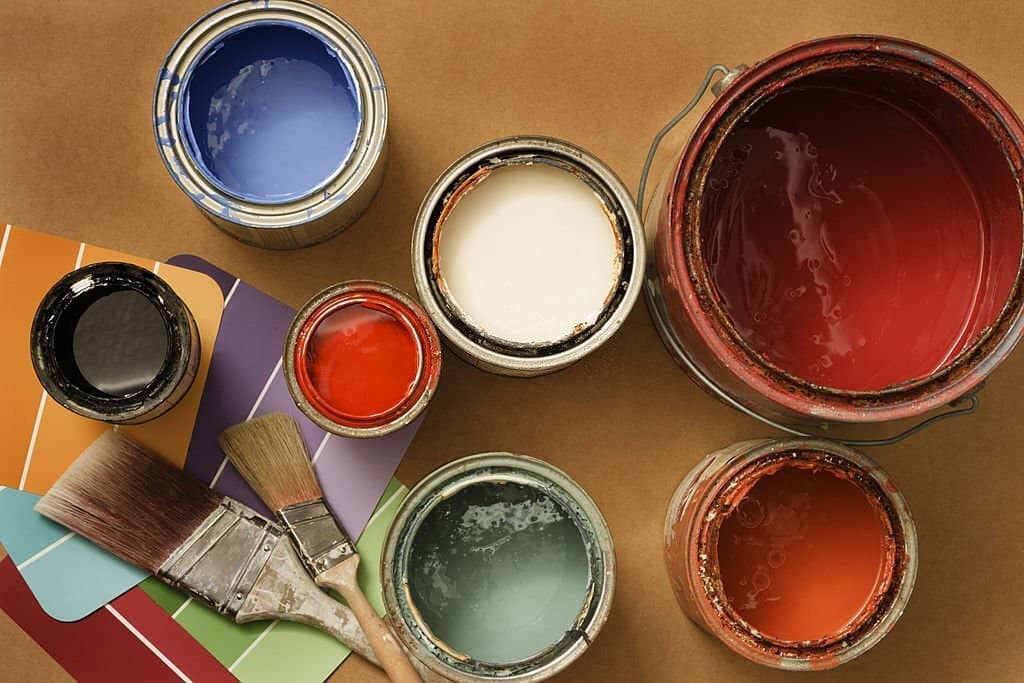
Paint is one of the most commonly used materials in the world. It is used to protect surfaces from the elements and to add color and style to homes, buildings, and other structures.
Paint is a liquid that is used to add color to surfaces. It is made up of a pigment, which is a substance that gives color to the paint, and a binder, which is a substance that helps hold the pigment together.
Paint is typically a mixture of pigments, binders, solvents, and additives. But what exactly is paint? Is it a homogeneous or heterogeneous mixture?
A paint can be a homogeneous mixture, depending on how it is made. The ingredients in the paint can be combined thoroughly so that they distribute evenly and completely throughout the can.
In this article, we aim to teach you the difference between a homogeneous mixture and a heterogeneous mixture. In addition to that, you will understand why paint can be a homogenous or heterogenous mixture, depending on certain factors.
Definitions of Homogeneous and Heterogeneous Mixtures
A mixture is when two or more substances are mixed together, but each one keeps its own chemical identity.
A homogeneous mixture is a mixture in which the different components are evenly distributed throughout the mixture.
A heterogeneous mixture is a mixture in which the different components are not evenly distributed throughout the mixture.
A liquid is a homogeneous mixture of two or more substances. A solid is a heterogeneous mixture of two or more substances.
A homogeneous mixture has a uniform composition throughout. A heterogeneous mixture is one that does not have a consistent composition across its entirety.
Is Paint a Homogeneous or Heterogeneous Mixture?
Paint can be either homogeneous or heterogeneous depending on how it is made.
Homogeneous paint is made by mixing the pigment and binder together until they are evenly distributed. This type of paint has a smooth, even surface when it dries. Heterogeneous paint is made by adding the pigment to the binder without mixing them together first. This type of paint has an uneven surface when it dries.
When you mix two or more substances, you create a new substance with different properties from the component substances. For example, when you mix water and sugar, you create a new substance (sugar water) that has different properties from water and sugar.
Examples of Homogeneous Mixtures
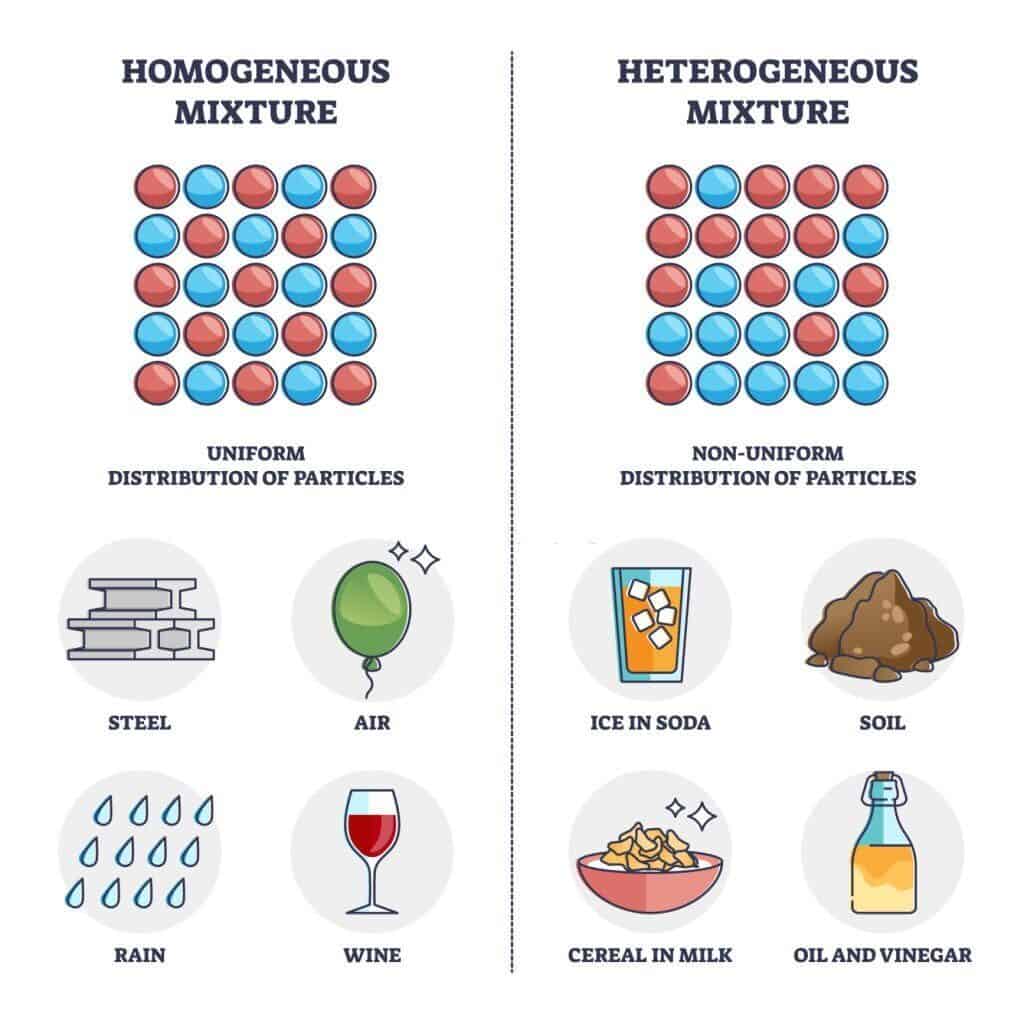
An example of a homogeneous mixture is water. The different components that make up water (oxygen and hydrogen) are evenly spread throughout the water.
Milk is another example of a homogeneous mixture. The different components that make up milk (fat, proteins, lactose, and minerals) are evenly spread throughout the milk.
A chemical example of a homogeneous mixture is air. The different components that make up air (oxygen, nitrogen, carbon dioxide, and water vapor) are evenly spread throughout the air.
Examples of Heterogenous Mixtures
One example of a heterogeneous mixture is a salad. A salad consists of lettuce, tomatoes, carrots, and other vegetables mixed together. The different vegetables in the salad are not evenly distributed throughout the dish.
An example of a heterogeneous mixture is dry sand. The different components that make up dry sand (sand and salt) are not evenly spread throughout the dry sand. Another example of a heterogeneous mixture is salt water.
The different components that make up salt water (salt and water) are not evenly spread throughout the salt water.
Soil is a good example of a heterogeneous mixture because it is made up of different particles that are not evenly distributed. Another example of a heterogeneous mixture is concrete, which is made up of cement, sand, and gravel.
The Main Composition of Paint
If you want the best paint job possible, it’s important to understand the different components of paint and how they work together. The four main ingredients in most types of paint are pigment, binder, solvent, and additives.
- Pigment is what gives paint its color. It can be either natural or synthetic.
- Binder is what holds the pigment together and gives the paint its structure. The most common type of binder used in paint is latex, but oil-based paints also use a binder made from an oil derivative.
- Solvent is what helps the binder and pigment mix together and also influences the drying time of the paint. Water is the most common type of solvent used in water-based paints.
- Additives are materials added to the paint to improve certain properties, such as durability or resistance to mildew.
When selecting a paint for your project, be sure to ask about the composition so that you can choose one that will give you the best results.
Why is Most Paint a Heterogonous Mixture and Not Homogoneus Mixture?
Paint is a liquid or semi-solid form of color that is applied to a surface. The main types of paint are latex, oil-based, and enamel. All paints are made up of three components: pigments, binders, and additives.
Pigments are the solid particles that give paint its color. They are suspended in the binder, which is the liquid portion of the paint. Additives are added to improve the performance of the paint, such as making it dry faster or preventing it from fading in sunlight.
Paint can be either homogeneous or heterogeneous depending on how it is made. If all three components are thoroughly mixed together, the resulting mixture is homogeneous.
However, if the pigments are not fully dispersed in the binder, the mixture is heterogeneous and will separate over time.This is actually the case for most paints.
Why Are Paint Pigments Not Fully Dispersed?
Good quality paint should have evenly distributed pigments that are fully dispersed in the binder. This ensures better color development and greater durability.
Most paint on the market has its pigments not fully dispersed. This results in poor color development and poor durability. The problem is especially prevalent in low-quality paints, where the pigments are not finely ground and the binder is not properly mixed.
For some reasons, paint pigments are not fully dispersed in the binder for the following reasons:
- The pigment is too coarse;
- The binder is too viscous;
- There is insufficient agitation;
- The pigment/ binder ratio is incorrect.
There are some possible solutions to this problem. The manufacturer should give you a finer grade of pigment and increase the amount of binder. Then use a less viscous binder and mix or agitate more vigorously.

